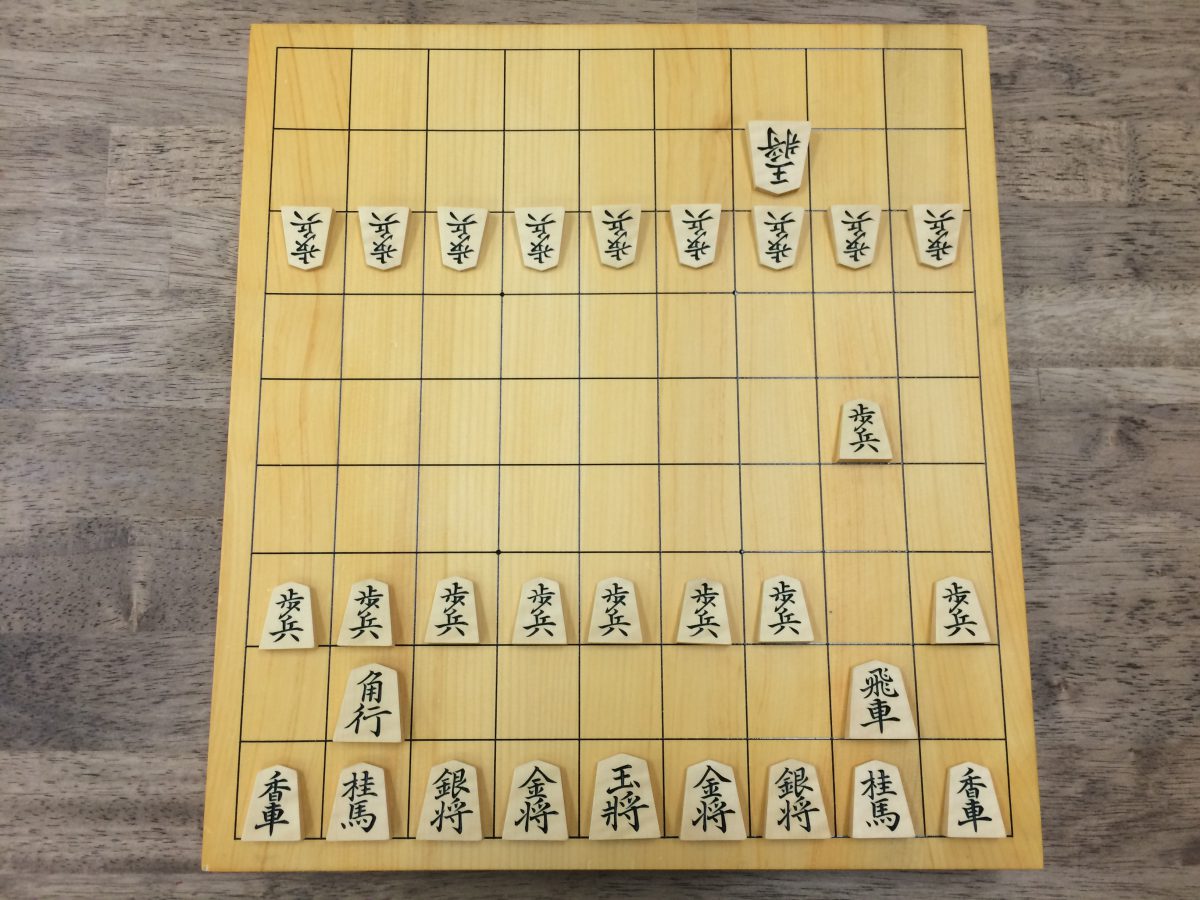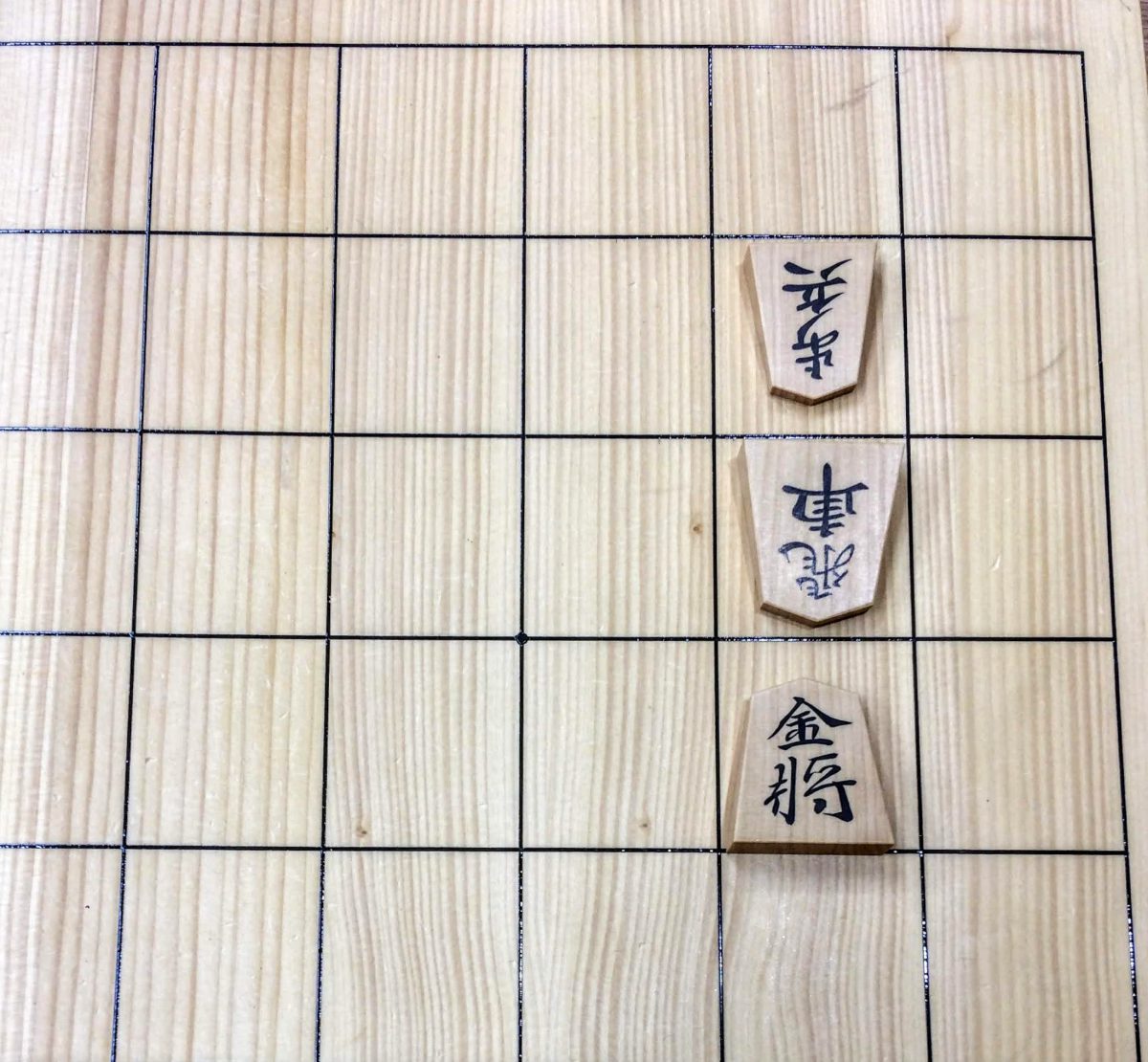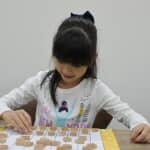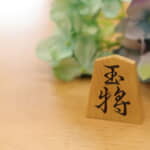5 February 2019
Things That Shogi Beginner Children Often Get Confused with: #2 Piece Change
Capture the Opponent’s Pieces to Increase Your Hand Pieces
In the previous lesson, we learned how to capture a piece with a higher value. As you know, in Shogi once you capture your opponent’s pieces, they will become yours as your hand pieces.
Shogi is a game aimed to capture your opponent’s Gyoku, in order to fulfill your aim you need to break and enter the opponent’s camp. Imagine, what if Shogi rules don’t allow you to have and use hand pieces.
I actually did, following the rule without hand pieces. We couldn’t reuse the captured pieces. It turned out that it took a quite long time to reach the opponent’s camp, nor the opponent’s Gyoku. All the way, my piece reached Gyoku, but it was captured in a moment. Pieces of Japanese Shogi basically don’t move a lot at one time. Moreover, three kinds out of eight kinds of pieces can’t go backward. I got to realize the real feature of Japanese Shogi and appreciate the rule to allow hand pieces.
So, I would say, not only for Shogi beginners but also for experienced players, at the beginning of a game players should aim at capturing pieces to increase your hand pieces.
Piece Exchange
According to the previous lesson, what is important when you capture the opponent’s piece is to capture a higher valued piece and for free, if possible. However, you hardly ever have the situation in which you can capture a piece with a higher value for free.
Therefore, the effective technique to increase your hand pieces is required. That is “piece exchange”.
For example, what will happen, when you ask your friend “Give me a melon for free”? You may not get a melon for free. Next, what if you ask, “I will give you a watermelon, so give me a melon”? This time the chance you get a melon might be bigger than the first time. (by the way, I tend to use a melon as an example…)
The same thing goes to Shogi. You say, “I will give you my piece, so give me your piece”. This is so called “piece exchange”.
Two Patterns of “Piece Exchange”
Let’s look at what the piece exchange is.
Example
The student couldn’t exchange pieces of Fu ahead of Hisha.

The above picture shows the situation of a game in which 10 pieces were removed as a handicap. If you know very well about Shogi, you probably have an idea of moving Fu to the square of “2 Four”. It’s not the case for Shogi beginner children.
“Well, my Fu will be captured!”, they might say.
Children who don’t move Fu to the square always say so. They are right, but… Now, think about what will happen after your Fu is captured.
You move Fu, “2 Four Fu”, it will be captured, “2 Four DoFu”, and then you will take it back with Hisha, “2 Four Hisha”. You have done to take back Fu and make a space ahead of Hisha.
All right, what about the next situation?

In the above situation, if you take Hisha with Kin, your Kin will be captured by Fu. Eventually, you will gain Hisha and the opponent will gain Kin, so it will be a valuable exchange.
However, whether the exchange is valuable or not isn’t the point here. The exchange in the first situation is done, being taken your piece first. On the other hand, in the next situation, you capture the opponent piece first.
Actually, Shogi beginner children are likely to find one of these exchanges difficult to do.
Challenging Thing to Children Is to Give Their Own Piece First
As I told before, there are two patterns of exchanging. Children generally understand better the exchange in which their capturing is the first, and being captured is the next. When children capture the piece first, they can more easily get the whole picture of a “valuable” exchange.
Things children might feel challenging in piece exchange is to let the opponent captures their piece before they capture the opponent’s piece.
It is effective to teach this logic to children in the situation with a handicap of removing 10 pieces.
Please try to remove the fear children might have when their piece is going to be captured. You may say, “Don’t worry. You can take it back. This is so-called “Calculation” in Shogi!



